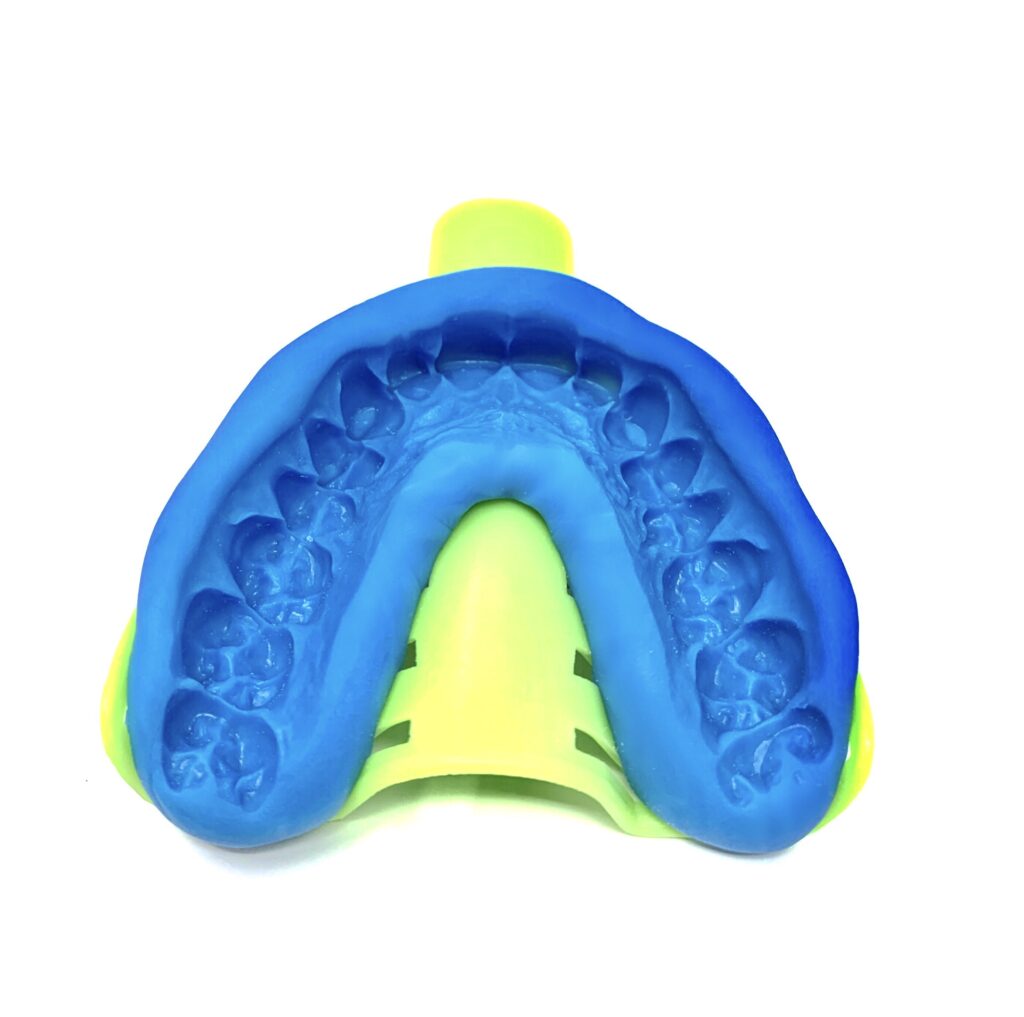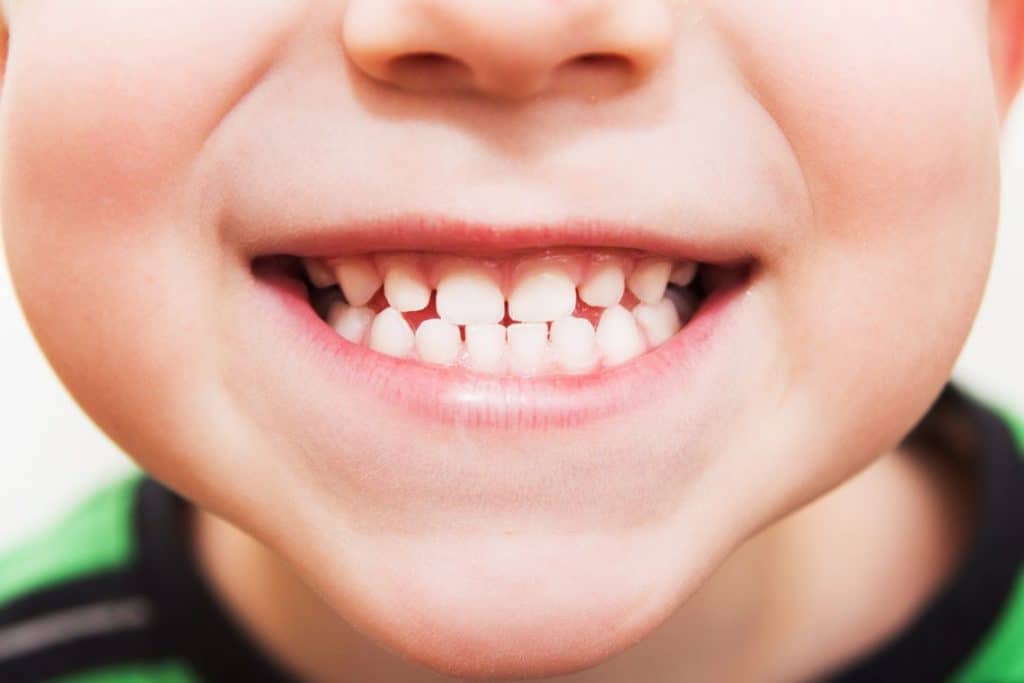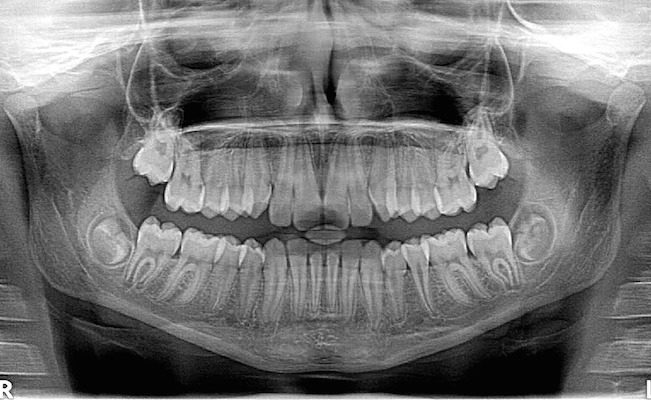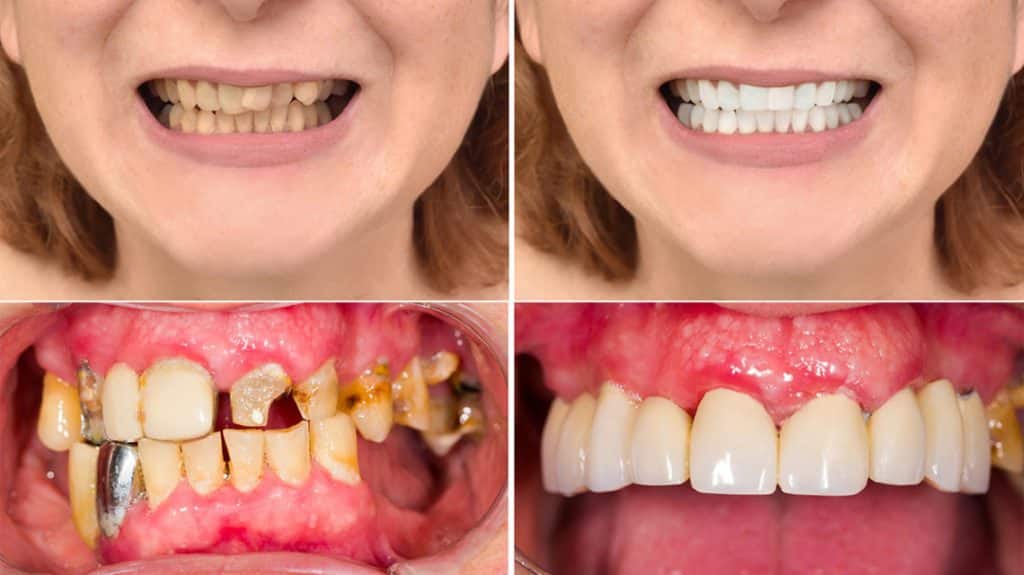Teeth mold is a dental procedure used to create a replica of a person’s teeth structure for various purposes, such as dental appliances or orthodontic treatments. In this process, a dental impression material is used to make an imprint of the teeth, which is then used to create the mold.
The mold is often made from materials like plaster or dental stone.

Credit: sentinelmouthguards.com
Importance Of Dental Impressions For Accurate Teeth Molds
Dental impressions are crucial for accurate teeth molds, forming the foundation for precise dental restorations. These impressions play a vital role in achieving an optimal fit and ensuring proper functioning of dental treatments. By capturing the unique shape and alignment of a patient’s teeth, dental molds assist in treatment planning and guide the creation of prosthetics and restorations that align seamlessly with the patient’s natural dentition.
With precise dental impressions, dentists can fabricate crowns, bridges, dentures, and other prosthetic devices that offer maximum comfort and functionality. These molds are created by taking an imprint of the patient’s teeth using specialized materials, including putty or digital scanners.
Through the use of dental impressions, dental professionals can provide patients with highly personalized, custom-made restorations that restore both the aesthetics and functionality of their natural smiles.
Preparation For Creating Dental Impressions
Preparation for creating dental impressions involves gathering necessary supplies and equipment while ensuring patient comfort and cooperation. The process of teeth mold creation begins by explaining it to the patient in a clear, concise manner. Properly stocked with materials, the dental professional ensures a smooth experience for the patient, minimizing discomfort.
By taking steps to optimize patient comfort and cooperation, the dental professional ensures accurate impressions are obtained. Attention to detail and clear communication are essential for successfully creating dental impressions. With the right supplies, equipment, and patient-centered approach, dental professionals can efficiently perform teeth mold procedures, providing accurate and reliable results.
This ensures that future dental treatments can be precisely tailored to the patient’s needs, leading to improved oral health and overall satisfaction.
Step-By-Step Instructions For Creating Dental Impressions
Creating dental impressions requires careful attention to detail at each step. First, it’s important to choose the right impression material. Then, preparing the impression tray and material is crucial for a successful mold. Achieving the correct tray position in the patient’s mouth is vital to capturing an accurate impression.
Taking the impression with precision and ensuring sufficient detail is captured is essential. During the process, it’s important to be aware of and handle common challenges that may arise, ensuring the best possible outcome. Dentists and dental assistants must follow these step-by-step instructions to create precise dental impressions.
Troubleshooting And Improving Dental Impressions
Teeth mold troubleshooting involves identifying and addressing errors that may occur in dental impressions. Evaluating the quality of impressions is vital for successful dental procedures. To improve accuracy and minimize errors, consider these tips. First, ensure proper technique and positioning of the impression tray.
Pay attention to the material used for the mold, and make sure it is fresh and not expired. Providing clear instructions to the patient on how to bite down also plays a crucial role. Additionally, using a quality dental impression material and maintaining a clean working environment can significantly improve accuracy.
Regularly assessing and updating your knowledge of the latest techniques and materials can aid in troubleshooting and producing accurate dental impressions. Keeping these factors in mind can lead to better outcomes and patient satisfaction.
Taking Digital Impressions: An Alternative To Traditional Methods
Digital impressions have emerged as an alternative to traditional methods for taking teeth mold. These modern systems provide a comprehensive overview of dental impressions, delivering accurate results for dental treatments. One notable benefit of digital impressions is their convenience and comfort, as they eliminate the need for messy molds and physical materials.
Additionally, these impressions offer instantaneous results, speeding up the process of creating restorations like crowns and bridges. However, it is important to note that digital impression systems also have limitations, such as the high cost of initial setup and training required for dental practitioners.
Moreover, some patients may find the scanning process uncomfortable due to the presence of intraoral devices. When comparing digital and traditional impression methods, it becomes evident that digital impressions offer a more efficient and accurate solution in the field of dentistry.
Overall, taking digital impressions provides numerous advantages and facilitates the creation of precise dental restorations.
Use Of Dental Impressions In Restorative Dentistry
Dental molds play a vital role in restorative dentistry, aiding in the creation of prosthetics like crowns, bridges, and dentures. With advancements in dental impressions, accurate molds help enhance both esthetics and functional outcomes. These impressions enable dentists to create prosthetics that fit perfectly, ensuring a comfortable and natural-looking result for patients.
By using precise dental molds, dentists can achieve optimal bite alignment and restore patients’ smiles to their full potential. These molds assist in achieving long-lasting prosthetics, as they provide an accurate representation of the patient’s teeth and mouth structure. The advancements in dental impressions have revolutionized the field of restorative dentistry, allowing for precise and efficient treatment planning and execution.
With the use of dental molds, dentists can confidently restore dental function and improve patients’ overall oral health.
Importance Of Skilled Professionals In Creating Dental Impressions
Creating dental impressions requires skilled professionals such as dentists and dental assistants. They play a vital role in accurately capturing teeth molds. These professionals undergo training and ongoing education to enhance their proficiency in impression-taking techniques. Collaboration between dental professionals and dental laboratories is crucial to ensure the precision and quality of the final dental restorations.
Together, they work towards achieving optimal results for patients. Proper dental impressions are essential for various dental procedures, including crowns, bridges, and orthodontic appliances. With their expertise and knowledge, dental professionals can ensure the best outcomes for patients by delivering accurate and detailed teeth molds.
Their skilled hands and comprehensive understanding of dental anatomy contribute to successful dental impressions and ultimately, patient satisfaction.
Maintaining Dental Impressions: Storage And Documentation
Proper storage techniques for dental molds are crucial in maintaining their integrity for future use. Accurate documentation plays a vital role in referencing the molds when required. By archiving these impressions, dentists ensure that they can be retrieved and utilized for a long time.
Storing dental molds in a designated area away from sunlight, moisture, and extreme temperatures is essential to prevent damage or distortion. It is advisable to use airtight containers or sealed bags, labeling them with relevant patient information. Additionally, maintaining a record of the date and details of the mold helps in identifying the patient and the purpose of the impression.
Following these storage and documentation techniques not only allows for ease of access but also helps in preserving the quality and accuracy of dental impressions for future reference.
Frequently Asked Questions On Teeth Mold
What Is A Teeth Mold Used For?
A teeth mold is used to create a replica of your teeth for various dental purposes, such as creating custom-made dental appliances like dentures, retainers, or crowns. It allows dentists to obtain an accurate model of your teeth, helping them in diagnosis, treatment planning, and creating personalized dental solutions.
How Is A Teeth Mold Created?
To create a teeth mold, your dentist will first take an impression of your teeth using a soft and flexible material. This impression captures the exact shape and position of your teeth. Then, the impression is filled with a dental stone or plaster, which hardens to create a solid replica of your teeth.
This mold is then used by the dental lab to fabricate custom dental appliances.
Is Getting A Teeth Mold Procedure Painful?
No, getting a teeth mold is a painless procedure. Your dentist will use a soft and flexible material to take the impression of your teeth, which doesn’t cause any discomfort. You may feel slight pressure or a cool sensation during the process, but it should not be painful.
The procedure is quick and simple, ensuring a comfortable experience for patients.
How Long Does It Take To Get A Teeth Mold?
The time required to get a teeth mold may vary depending on the complexity of your case and the dental office’s workflow. Generally, it takes around 10-15 minutes to take the impression of your teeth. After that, it may take a few days for the dental lab to create the actual mold.
Your dentist will inform you about the timeline and keep you updated throughout the process.
How Much Does A Teeth Mold Cost?
The cost of a teeth mold can vary depending on factors like the dental office’s location, the complexity of the case, and the type of dental appliance being created. Typically, the cost ranges from $100 to $300. It’s best to consult with your dentist or dental insurance provider to get an accurate estimate of the cost for your specific needs.
How Long Does A Teeth Mold Last?
A teeth mold can last for several years if properly cared for. It’s essential to clean and store the mold properly, following your dentist’s instructions. Regular dental check-ups allow your dentist to assess the condition of the mold and recommend any necessary replacements or adjustments.
With proper maintenance, your teeth mold can provide accurate replicas for dental appliances for an extended period.
Conclusion
Teeth molds have become an essential tool in dentistry, providing a wide range of benefits to both patients and dental professionals. These customized impressions allow for accurate diagnosis and treatment planning, ensuring a precise fit for dental appliances such as braces or dentures.
Additionally, teeth molds enable the monitoring of oral health progress over time, allowing for adjustments and improvements as needed. With the advancement of digital technology, the process of creating teeth molds has become more efficient and comfortable for patients. Not only do teeth molds contribute to overall dental health, but they also have aesthetic benefits, as they help create a beautiful smile.
Whether you are seeking orthodontic treatment, restorative procedures, or simply want to improve your smile, teeth molds are an invaluable tool for achieving optimal dental outcomes. Trusting your oral health to the expertise of dental professionals who utilize teeth molds can help ensure a lifetime of healthy, confident smiles.








